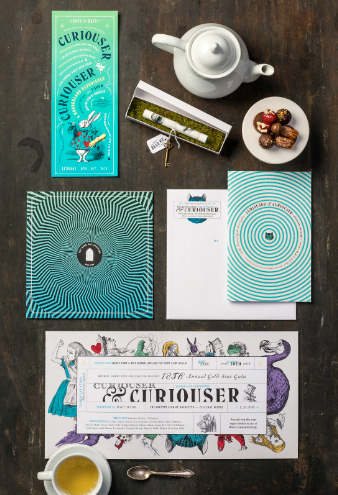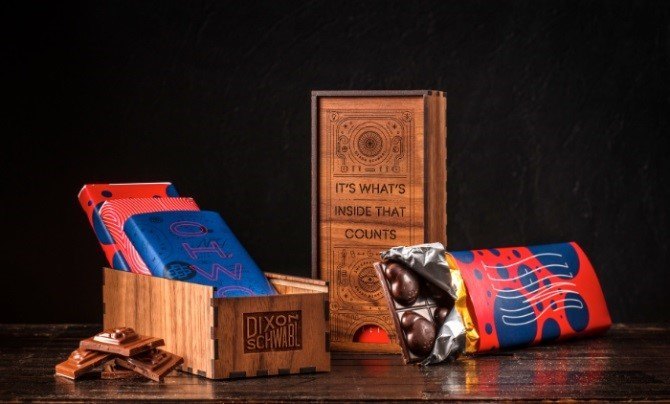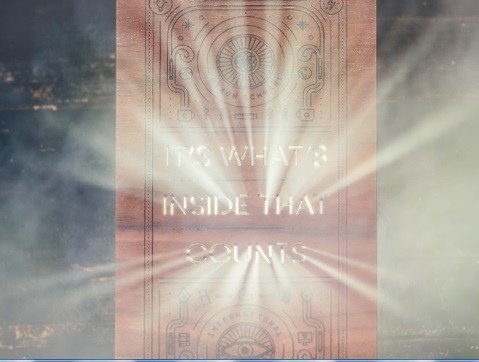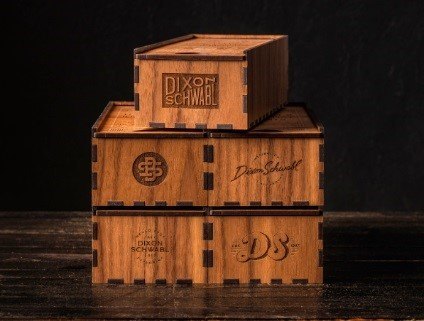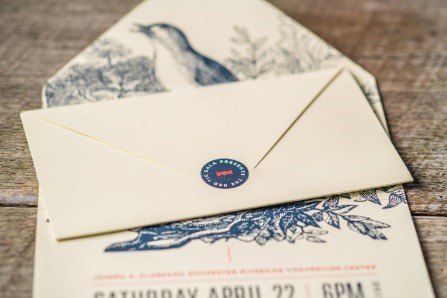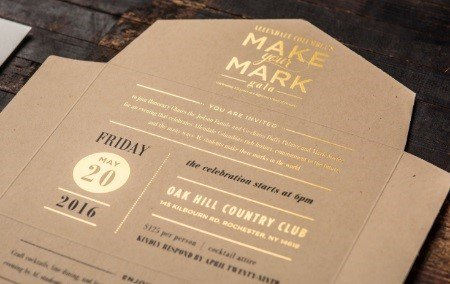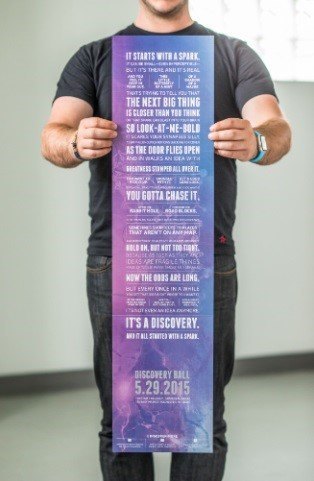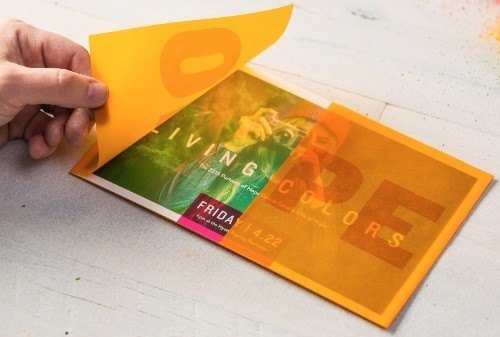Diversifying Your Creative Materials with Printing Techniques
To most outsiders (not us planners), the event start is usually the time the ballroom doors open. To us, it starts at the first drop of creative materials. That said, it’s important that we make a splash, a statement and an everlasting impression as soon as the save-the-date or invitation hit a prospective attendee’s mailbox. Creative materials are what sets up event themes and guest expectations and, most important, what sets us apart from our competitors. Here’s a few printing techniques that will help you energize and elevate your event materials.
1. Foil printing
Foil printing uses a heated die to press the foil onto the surface of the paper, and the design of the die is then stamped onto the paper. The types of foils that can be used for the foil stamping process are metallic, gloss or matte pigment, special effects and holographic.
Wilmot Cancer Institute’s 2016 gala, Discovery Ball, took foil printing to a new level with the invitation/sponsorship package. Additional techniques included printing on fluorescent paper, die cut and a non-standard shape.
2. Emboss/Debossing
Embossing and debossing are the processes of creating either raised or recessed relief images and designs in paper and other materials.
University of Rochester Medical Center used an embossing technique on its event invitation. For a fine wine auction, the creative material represented the history and future of wine making. Other techniques used were varying paper stocks, copper foil printing, copper fasteners, a short fold and a leather strap sealing the booklet
3. Die cutting
Die cutting is the process of using a die to shear webs of low-strength materials, such as rubber, fiber, foil, cloth, paper, corrugated fiberboard, paperboard, plastics, pressure-sensitive adhesive tapes, foam and sheet metal.
Monroe Community College Foundation is known for its out-of-the-box thinking and for continuously “pushing the envelope.” That goes for creative materials, too. For the foundation’s annual Gold Star Gala, an Alice in Wonderland-inspired event, it designed a die-cut invitation that spiraled upward, allowing guests to fall down the rabbit hole. Fishing line was attached to the spiral die cut and tony cutouts of from the story were fastened to the fishing line to complete the desired effect.
4. Laser engraving
This process is mostly used to create engraved images on the material. To do so, the laser creates high heat that will vaporize the matter and create the final image.
Laser engraving is perfect for corporate gifts or event takeaways. ROC City Laser printed on the wooden boxes pictured here, given as client gifts and stuffed with high-end chocolate bars in customized wrappers.
There are also many other routes you can take outside of printing techniques to diversify your creative materials. Here are a few more impactful ideas.
- Folds and short folds
- Varying your paper stocks (colors, weights, textures, etc.)
- Unique sizes and formats
- Adding unique touches, such as leather ties, stamping, labels, QR codes, wax seals and more.
Now we challenge you to implement new ways to bring your event materials to the next level.
Jenna Van Thof
Associate VP of Special Events
Jenna creates and manages special events, including nonprofit fundraisers and galas, as well as corporate-sponsored events. Her knowledge of special events, fundraising, and donor acquisition and retention comes from her experience as development coordinator with Lifetime Assistance and as events coordinator with the American Red Cross. Both roles helped to expand her expertise and enhance her event-management skills.










